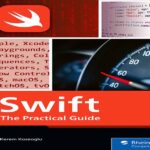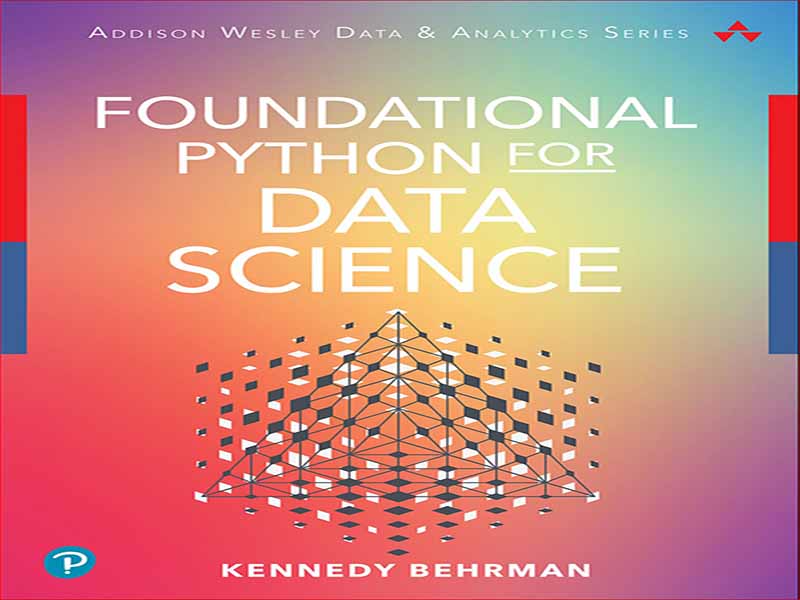- عنوان کتاب: Foundational Python for Data Science
- نویسنده: Kennedy R. Behrman
- حوزه: برنامه نویسی پایتون, علوم داده
- سال انتشار: 2022
- تعداد صفحه: 686
- زبان اصلی: انگلیسی
- نوع فایل: pdf
- حجم فایل: 16.2 مگابایت
زبان پایتون مدتهاست که وجود داشته و کلاههای زیادی بر سر گذاشته است. اجرای اولیه آن توسط Guido van Rossum در سال 1989 به عنوان ابزاری برای مدیریت سیستم به عنوان جایگزینی برای اسکریپتهای Bash و برنامههای C آغاز شد. اینها شامل همه چیز از توسعه وب، فیلم، دولت، علم و تجارت میشود.2 من برای اولین بار با پایتون در صنعت فیلم آشنا شدم، جایی که از آن برای خودکارسازی مدیریت دادهها در بخشها و مکانها استفاده کردیم. در دهه گذشته، پایتون به ابزاری غالب در علم داده تبدیل شده است. این تسلط به دلیل دو پیشرفت شکل گرفت: نوت بوک Jupyter و کتابخانه های قدرتمند شخص ثالث. در سال 2001، فرناندو پرز پروژه IPython را آغاز کرد، یک محیط پایتون تعاملی که از نوتبوکهای Maple و Mathematica الهام گرفته شده بود. این نوت بوک ها برای محیط های کاری علمی و آماری سرآمد بوده اند. به موازات این توسعه، کتابخانه های شخص ثالث برای محاسبات علمی و آماری برای پایتون توسعه یافت. با برنامه های بسیار زیاد، قابلیت های موجود برای برنامه نویس پایتون به شدت افزایش یافته است. با بستههای تخصصی برای همه چیز، از باز کردن سوکتهای وب تا پردازش متن زبان طبیعی، بیشتر از نیاز یک توسعهدهنده مبتدی در دسترس است.
The Python language has been around for a long time and worn many hats. Its original implementation was started by Guido van Rossum in 1989 as a tool for system administration as an alternative to Bash scripts and C programs.1 Since its public release in 1991, it has evolved for use in a myriad of industries. These include everything from web-development, film, government, science, and business.2 I was first introduced to Python working in the film industry, where we used it to automate data management across departments and locations. In the last decade, Python has become a dominant tool in Data Science. This dominance evolved due to two developments: the Jupyter notebook, and powerful third-party libraries. In 2001 Fernando Perez began the IPython project, an interactive Python environment inspired by Maple and Mathematica notebooks.3 By 2014, the notebook-specific part of the project was split off as the Jupyter project. These notebooks have excelled for scientific and statistical work environments. In parallel with this development, third-party libraries for scientific and statistical computing were developed for Python. With so many applications, the functionality available to a Python programmer has grown immensely. With specialized packages for everything from opening web sockets to processing natural language text, there is more available than a beginning developer needs.
این کتاب را میتوانید از لینک زیر بصورت رایگان دانلود کنید:
Download: Foundational Python for Data Science




































نظرات کاربران